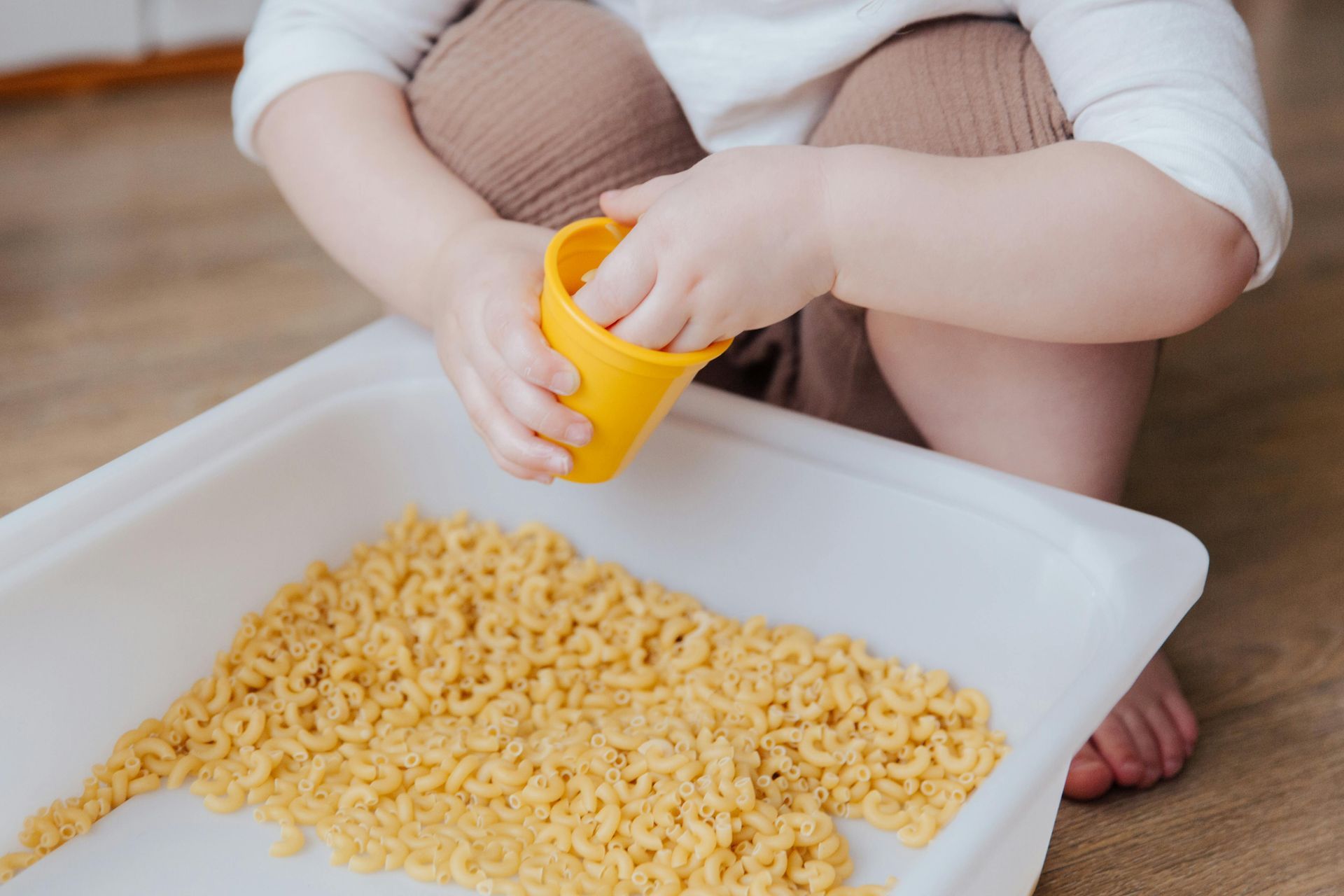Picky Eater vs. Problem Feeder
Understanding the Distinction
Hey there, fellow parents and caregivers! We all know that the journey through parenthood has its fair share of challenges, and one of those challenges can be navigating a child's eating habits. Is your little one just a picky eater or possibly a problem feeder? Let's break it down in everyday language to better understand the distinction and how to support our kids.
Picky Eater: The Choosy Diner
First, let's talk about the picky eaters. You probably know a few of these kids – they're the ones who have strong opinions about what lands on their plate. Here's what to look out for:
1. Texture and Taste Preferences: Picky eaters are like mini food critics. They might love anything crispy or cheesy but steer clear of anything mushy or spicy. You've probably heard something like, "Eww, I don't like how that feels in my mouth!"
2. Limited Menu: You'll notice that their food choices seem to revolve around a handful of favorites. Think chicken nuggets, pasta, or anything in the realm of "kid-friendly." It's almost like they're on a mission to eat mac 'n' cheese every day of their lives.
3. New Food Fears: Introduce a new food, and you might be met with skepticism or flat-out refusal. It's like they're allergic to change. "What's that green stuff? No way, I won't eat it!"
4. Growing Steadily: The good news is, picky eaters generally grow fine, even if their diet isn't as diverse as you'd like it to be. So, while they might live on a diet of chicken tenders and peas, they're still growing up strong.
Problem Feeder: When Eating Gets Tough
Now, let's shift gears to the more challenging end of the spectrum – the problem feeders. These kiddos have deeper food issues that need attention:
1. Super Picky: Problem feeders take being choosy to a whole new level. They might not even have a go-to favorite food and reject entire food groups. Forget about fruits and veggies; they're off the menu entirely!
2. Sensory Sensitivities: Mealtimes can feel like sensory overload for them. Textures, colors, smells – anything can set them off. Imagine the aroma of broccoli making them burst into tears or the texture of mashed potatoes sending them into a meltdown.
3. Mealtime Meltdowns: Expect some mealtime drama. Tantrums, avoidance, and stress are regular guests at their dinner table. They might push the plate away, scream, or even refuse to sit at the table.
4. Nutrition Worries: With such a limited diet, there's a real concern about nutrition. Problem feeders can miss out on crucial nutrients, affecting their overall health. That's a big worry for parents.
How to Help: For Both Types
No matter where your child falls on the picky eater vs. problem feeder spectrum, here are some tips for support:
For Picky Eaters:
1. Be a Food Role Model: Show your enthusiasm for a variety of foods. Kids often follow our lead. So, if you turn your nose up at Brussels sprouts, don't be surprised if they do too.
2. Dabble in Diversity: Slowly introduce new foods alongside their favorites to encourage a bit of food exploration. Sneak some spinach into the pasta sauce or add fruit to their cereal.
3. Keep It Chill: Make mealtime a relaxed, pressure-free zone. No bribes, threats, or pleading allowed. The more relaxed you are, the more likely they are to try something new.
For Problem Feeders:
1. Call in the Pros: When in doubt, consult a pediatrician, dietitian, or occupational therapist experienced in feeding issues. They can be game-changers. They'll assess your child's specific needs and create a plan to address them.
2. Tiny Steps: Be patient and take baby steps when introducing new foods. Lessen the mealtime stress by making it a gradual journey. Remember, Rome wasn't built in a day, and neither are adventurous eaters.
3. Sensory Playtime: Engage in sensory play activities outside of mealtimes to help desensitize your child to different textures and sensations. Let them squish, touch, and explore food without the pressure of eating it.
So, whether you're dealing with a picky eater or a problem feeder, know that you're not alone on this adventure. Understanding their eating habits and providing the right support is key. Let's keep mealtimes a positive experience, helping our kids grow healthy and happy, one bite at a time! Remember, every child is unique, and their eating habits will evolve over time. The most important thing is to maintain a nurturing and supportive atmosphere around food. Stay patient, stay positive, and savor the moments shared at the family table. Happy eating!












